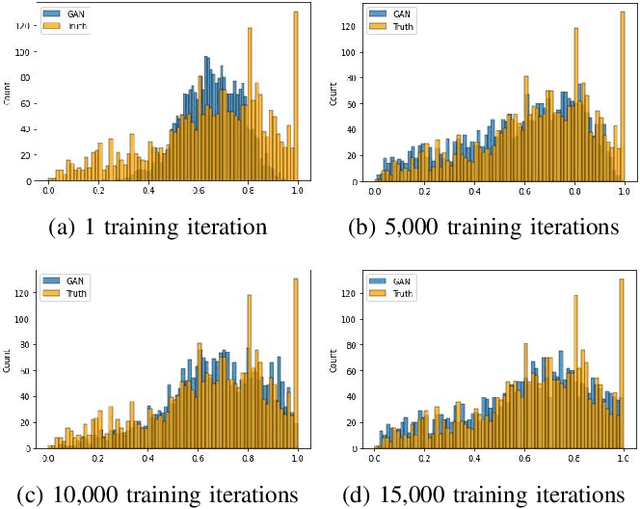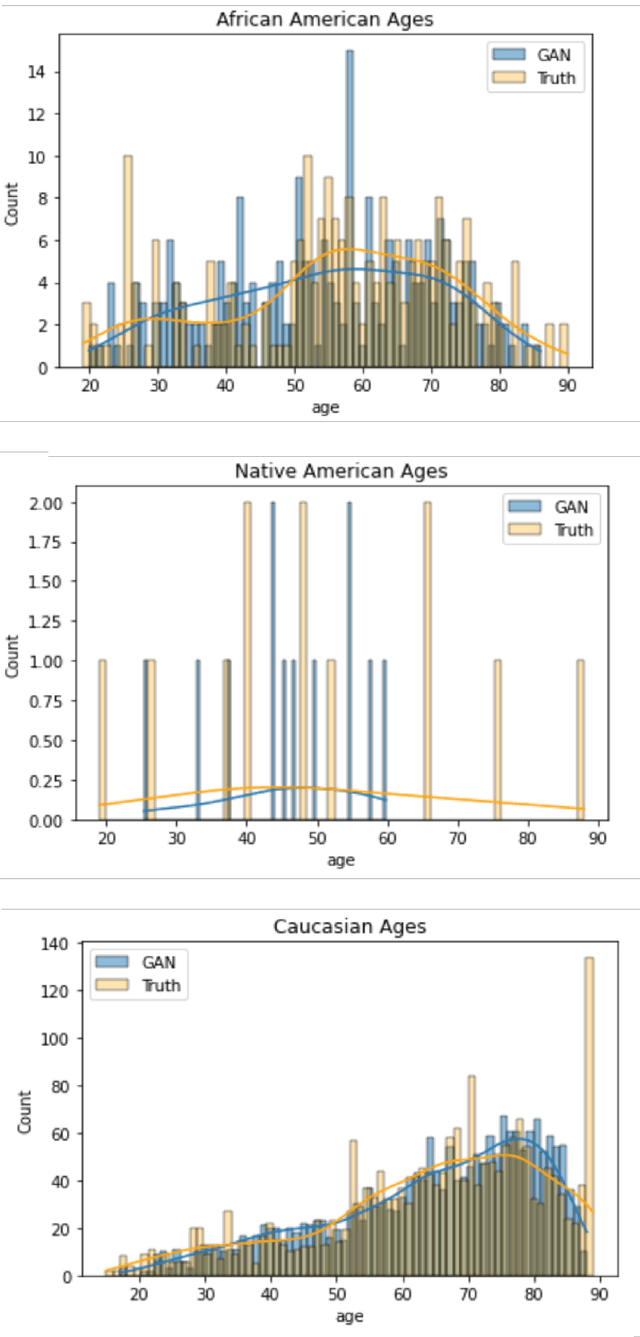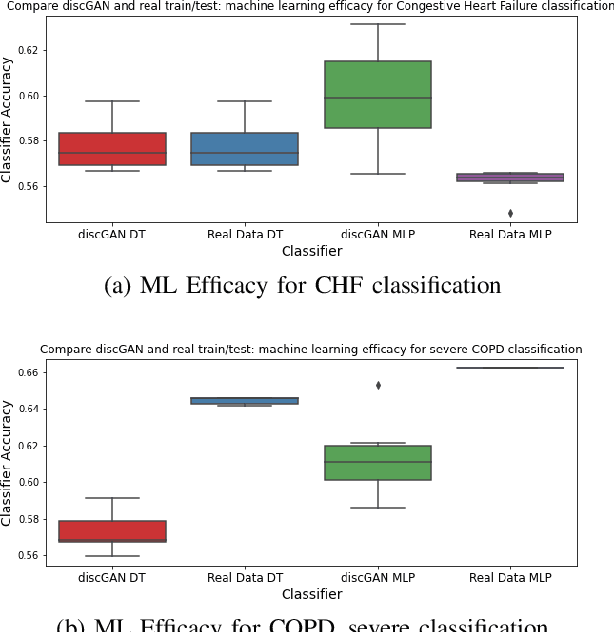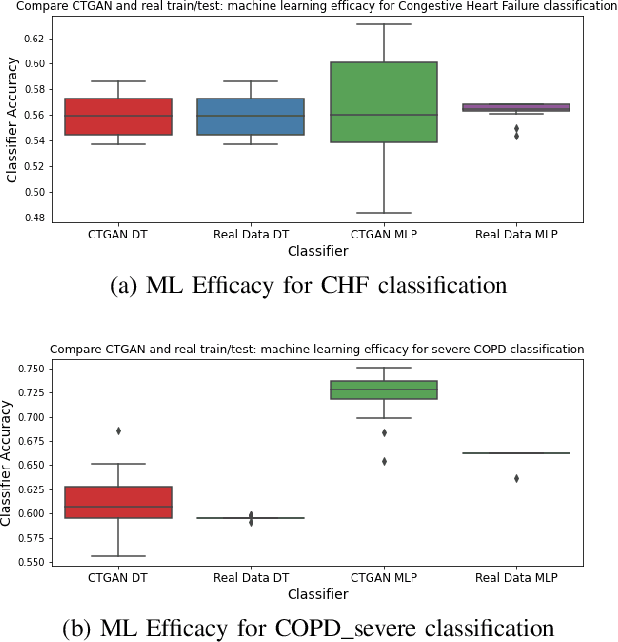Diana McSpadden
A comparison of machine learning surrogate models of street-scale flooding in Norfolk, Virginia
Jul 26, 2023Abstract:Low-lying coastal cities, exemplified by Norfolk, Virginia, face the challenge of street flooding caused by rainfall and tides, which strain transportation and sewer systems and can lead to property damage. While high-fidelity, physics-based simulations provide accurate predictions of urban pluvial flooding, their computational complexity renders them unsuitable for real-time applications. Using data from Norfolk rainfall events between 2016 and 2018, this study compares the performance of a previous surrogate model based on a random forest algorithm with two deep learning models: Long Short-Term Memory (LSTM) and Gated Recurrent Unit (GRU). This investigation underscores the importance of using a model architecture that supports the communication of prediction uncertainty and the effective integration of relevant, multi-modal features.
Distributed Conditional GAN (discGAN) For Synthetic Healthcare Data Generation
Apr 09, 2023



Abstract:In this paper, we propose a distributed Generative Adversarial Networks (discGANs) to generate synthetic tabular data specific to the healthcare domain. While using GANs to generate images has been well studied, little to no attention has been given to generation of tabular data. Modeling distributions of discrete and continuous tabular data is a non-trivial task with high utility. We applied discGAN to model non-Gaussian multi-modal healthcare data. We generated 249,000 synthetic records from original 2,027 eICU dataset. We evaluated the performance of the model using machine learning efficacy, the Kolmogorov-Smirnov (KS) test for continuous variables and chi-squared test for discrete variables. Our results show that discGAN was able to generate data with distributions similar to the real data.
 Add to Chrome
Add to Chrome Add to Firefox
Add to Firefox Add to Edge
Add to Edge